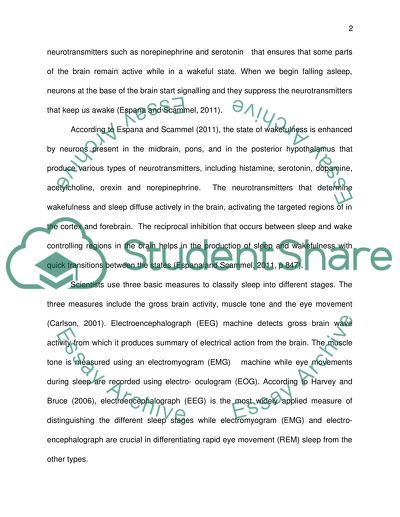Cite this document
(“Detection of artefacts in sleep studies data Literature review”, n.d.)
Retrieved de https://studentshare.org/other/1429047-detection-of-artefacts-in-sleep-studies-data
Retrieved de https://studentshare.org/other/1429047-detection-of-artefacts-in-sleep-studies-data
(Detection of Artefacts in Sleep Studies Data Literature Review)
https://studentshare.org/other/1429047-detection-of-artefacts-in-sleep-studies-data.
https://studentshare.org/other/1429047-detection-of-artefacts-in-sleep-studies-data.
“Detection of Artefacts in Sleep Studies Data Literature Review”, n.d. https://studentshare.org/other/1429047-detection-of-artefacts-in-sleep-studies-data.


